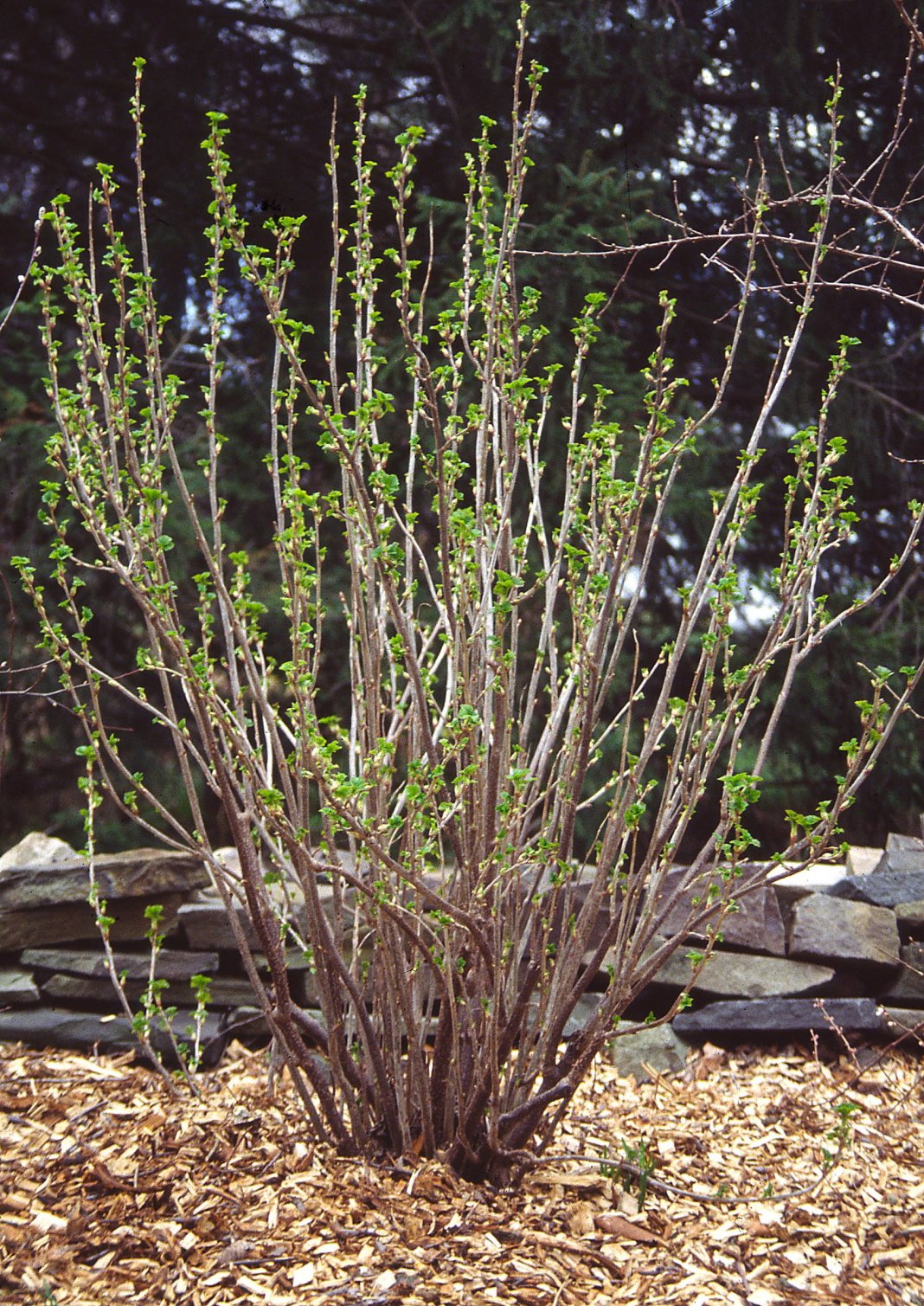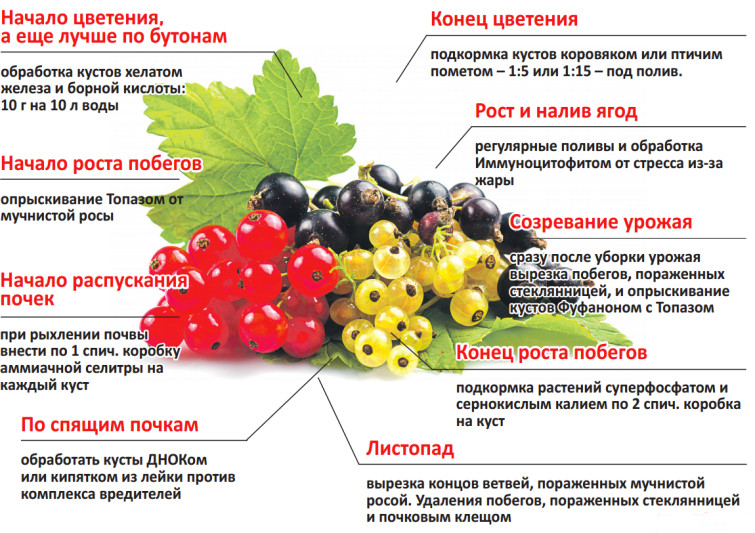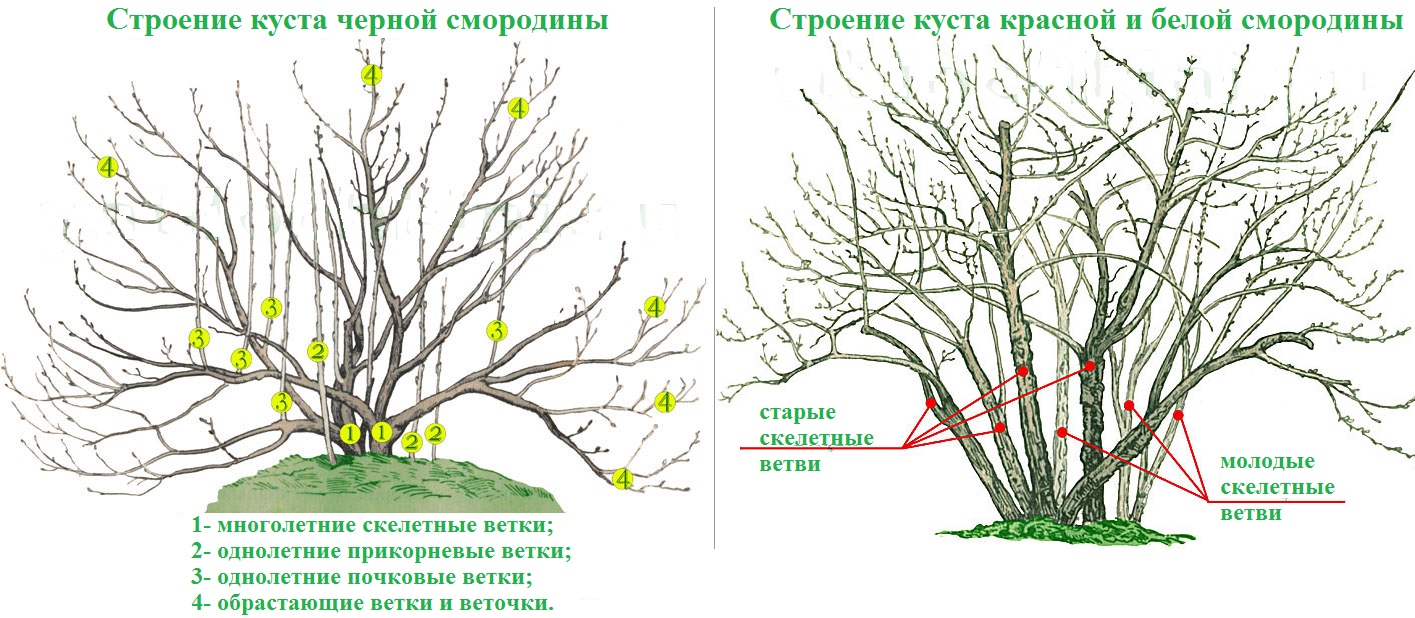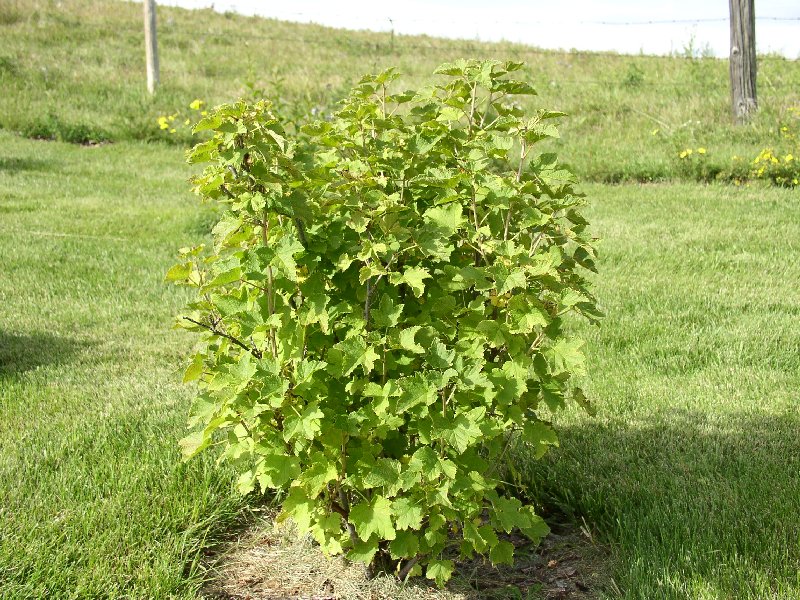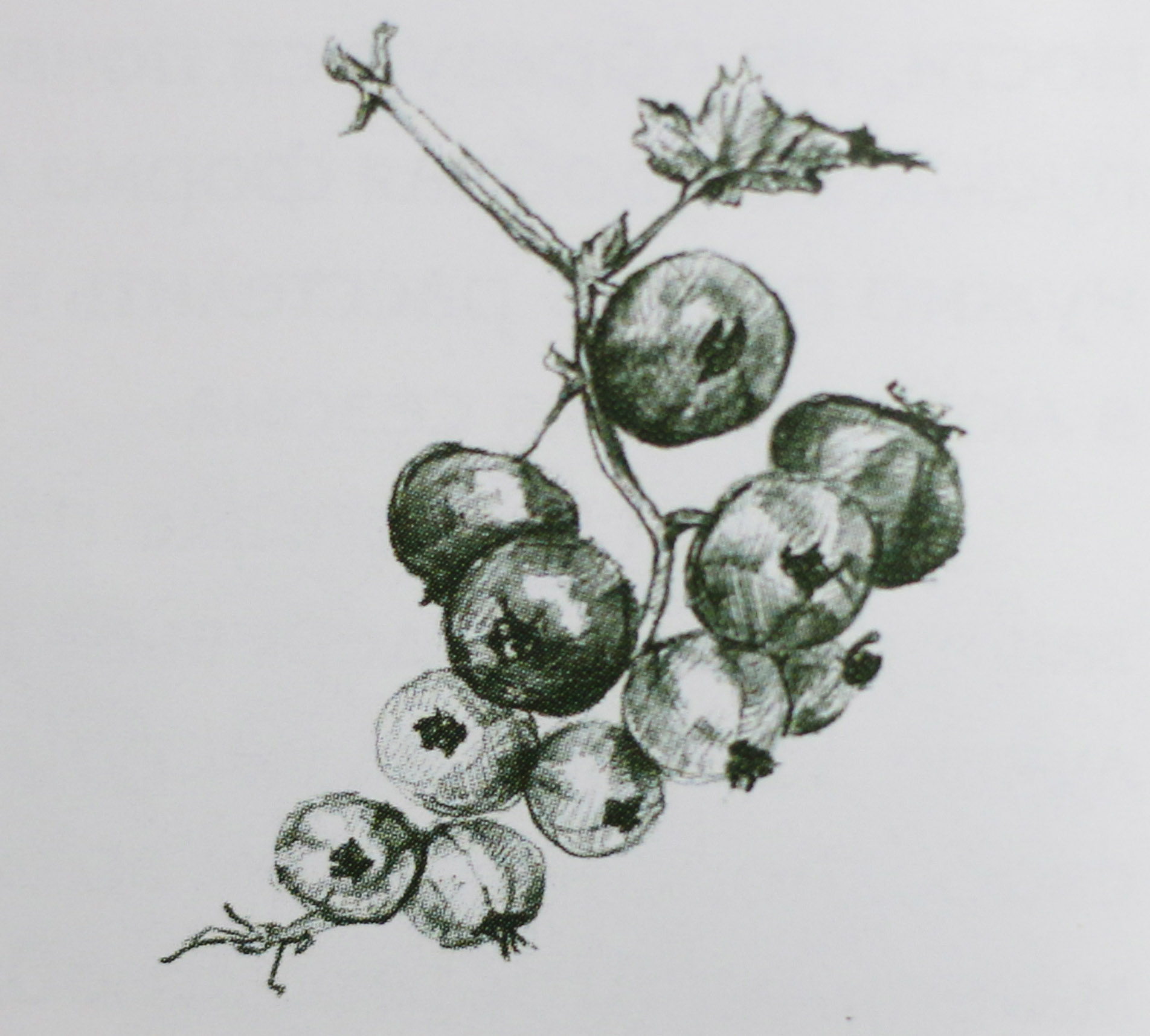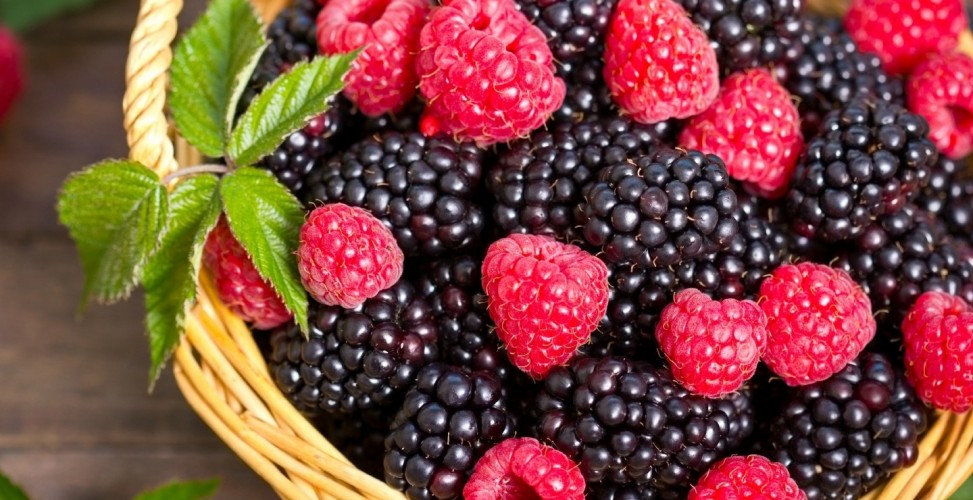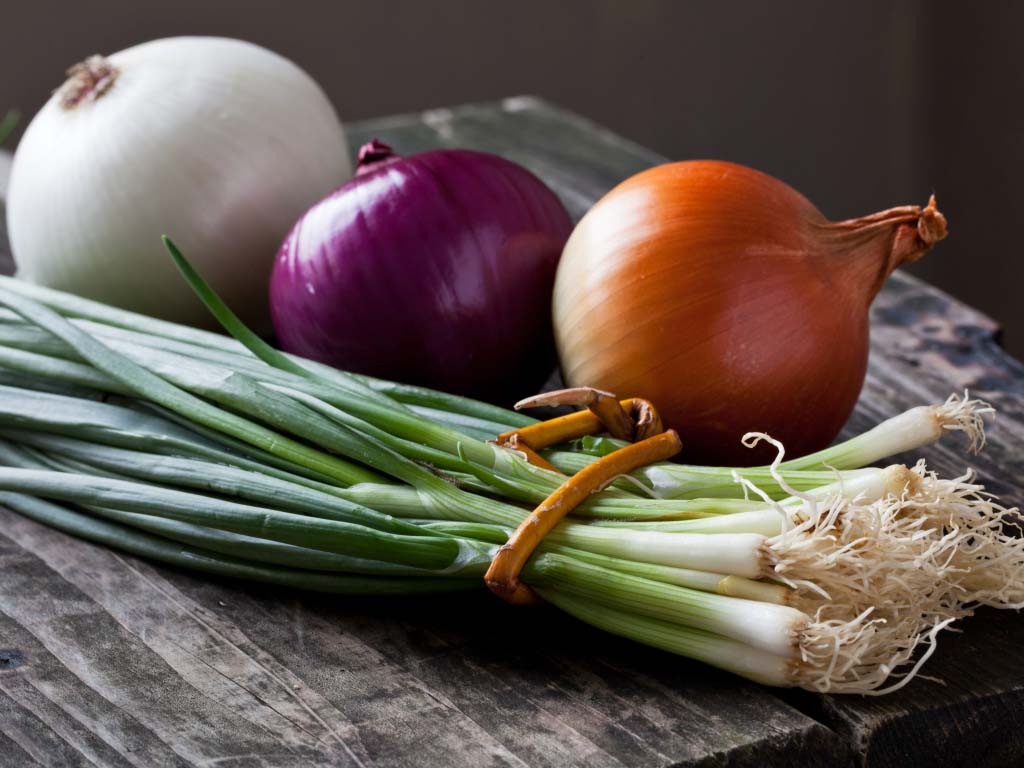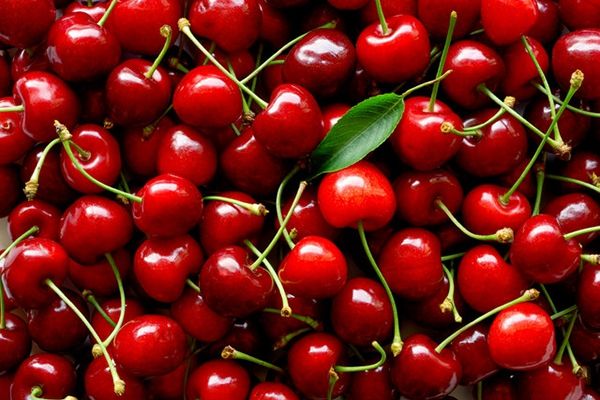Content:
Currants are one of the first to wake up after winter. Therefore, it is necessary to carry out proper care for currants in the spring as early as possible, before the buds wake up and the snow completely melts, depending on the region, this is March-April.
Taking shelter after winter
The first step is to remove the winter shelter, mainly non-woven material - spunbond. If you tighten up with this, the bush can rot inside. The area is cleared from the remaining snow, and then from the litter, if this has not been removed since the fall, it is recommended to burn the collected foliage, because pests that have overwintered in the leaves may remain in it.
You should carefully examine the buds: the rounded swollen buds inhabited by the overwintered mite should be removed and burned, if there are many of them, the branch should be cut off completely. Cut the discovered black core of the branch to a healthy light green, which means that a pest has settled in the branch - a glass.
Watering, loosening and mulching
Preparation of the soil consists in loosening, the main thing is not to damage closely lying roots, removing weeds. New mulch is poured, which protects the roots from drying out and maintains the necessary moisture.
To care for currants, sufficient watering is required: 4-5 times per season, and in dry summers up to 8 times, without overflowing the soil. Thus, the fruits gain flavor and volume.
Top dressing and fertilization
For growth and productive yields, the shrub needs a lot of nutrients. There is a high demand for phosphorus and potassium. Nitrogen supplements have a good effect, but with sufficient introduction of phosphorus and potassium. Otherwise, against a high background of nitrogen alone, the increased amino acid content in the juice of fast-growing shoots from fertilization becomes attractive to pests and powdery mildew. Also, nitrogen fertilizers are not needed after the second half of May. The plant does not tolerate chlorine. During the growing season, chlorine-containing fertilizers should not be applied. Ash from deciduous trees contains all the elements necessary for culture. They bring it along the perimeter of the crown, in this place under the ground there are roots that perceive useful substances.
After fertilizing during planting, the next fertilization is done only after 3 years. The fertilization period is May-June, in the phase of active growth, and in the summer, after the harvest, when the buds are set for next year's harvest. Apply diluted fertilizers, observe dosages. Use solutions of urea and nitromophoska, mullein.
Pruning
An important tip for getting a good harvest is the right way to form a bush. We need pruning from perennial, no longer fruiting, intertwined, weak or damaged branches. The correct ratio of branches by age should be maintained, at which there should always be more young than old ones, more than 5 years old.
The currant bush must be formed upright, without deflected, creeping branches.The bushes should be well ventilated and illuminated, not thickened so that they are not affected by the disease. Thus, all the nutrition and strength of the plant will be directed to the formation of berries, and not to support the old extra branches, so that fruiting does not go to the periphery of the bush.
Treatment against diseases and pests
Pest control is sometimes carried out using the hot watering method of the plant in early spring. The bushes, before the buds awaken, when the snow has not yet completely melted, are poured from a watering can with boiling water. At the same time, the bushes are not damaged, even if there is frost, and this way you can get rid of pests wintering in the buds of the plant. But experienced gardeners consider the method controversial and use an experienced method - preventive spraying with insecticides. Treatment with biological products requires multiple applications, with one treatment pests cannot be destroyed. All treatments are carried out at positive air temperatures, including at night.
Transfer
Transplantation of adult bushes is carried out only when necessary, because with this action, the currants begin to hurt, and the bush may die. At the same time, fruiting decreases for several years.
If you disturb a flowering bush, it will drop flowers and there will be no berries. It is most favorable to transplant in the fall, and in the spring to plant cuttings, taking into account the rules on how to care for currants in early spring.
Caring for red, white and black currants
Black currant berries contain 4 times more vitamins than others, the leaves have a characteristic fragrant smell and are suitable for brewing tea, and it is more whimsical to care for.
Black currant planting and care in open ground is demanding on soils and the amount of moisture, does not grow well in sandy, saline or acidic areas, red and white currants are less demanding on soil composition and moisture, their root system is stronger, lies deeper and spreads wider in the ground ... Therefore, the layer of mulch for red can be less.
Black currant is more susceptible to diseases and pests, and the degeneration of the bush occurs earlier, it needs attention to the formation of the bush, to avoid thickening. In currants, which have a red berry color, fruiting occurs throughout the bush, and cutting the tops to reduce the length of the bush will not harm the amount of harvest. The black one has just a large concentration of berries - from the middle of the bush to the top.
In black currant, berries are formed on shoots for 2 years, and in red and white - 3-4 years, so pruning in crops will be different, if the growth of the shoot in red is no more than 10 cm, and the growth of the branch is directed inward, such branches are removed, leaving shoots who have gained 30 cm in height per season.
Red and white currants can be planted more compactly, 1.5 m from each other, the black distance between the bushes, in order to collect a rich harvest, should be 2 m. Currants of different colors are not planted side by side.
Superficial spreading of fertilizers is not suitable for red currants, because the roots go deeper than black ones.
Spring currant care in different regions
The principle of zoning is considered important in the choice of varieties. There are several hundreds of currant varieties bred for various regions of the country. Currants grow best of all, selected taking into account the growing area. For Siberia, frost-resistant varieties have been bred, it is not productive to plant an early variety there, intended for the central region.
In regions where winter is cold, the bush should be covered with protective materials, the root system should be covered with sawdust, peat. Where the dacha is located in hot areas, a larger layer of mulch should be made to keep the roots from the scorching sun.The rest of the agricultural technology is no different. You should focus only on when a plant wakes up in a certain climatic zone, and planting and caring for currants begins.
Currant care errors in spring
The buds of the bush bloom very quickly, during flowering, in the month of May it is already too late to do spring care, it is important not to miss the time when the buds are still sleeping. This rule is especially true when the branches are treated with boiling water.
If you do not carry out prophylaxis against pests in the spring, then the bush can be completely damaged, in some cases you have to get rid of it and not plant anything in this place for several years. Leaving old or weak branches is also attractive to pests, which are then transferred to healthy branches. Pruning and burning such branches is one of the rules for growing and caring for currants.
An inexperienced gardener unknowingly removes young branches or tops instead of pruning perennial branches.
Currant is an unpretentious culture, but for the harvest of large sweet berries in large quantities it requires care, an important aspect of which is spring, using the rules of how to care for currants during this period.
